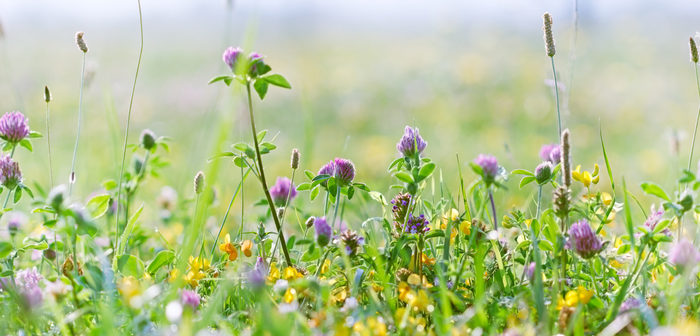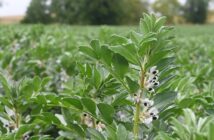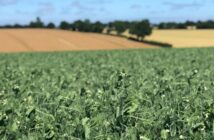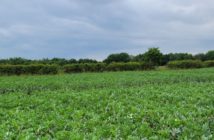The Processors and Growers Research Organisation (PGRO) has identified steps farmers could take to integrate Countryside Stewardship option AB15 into their rotations while minimising the potential pest and disease risk to pulse crops.
Best practice for legume cropping suggests a rotation of one in six years, allowing at least five years between pulse crops to ensure minimal build-up of pest and disease pressure in the soil.
However, many farmers will be attracted to Countryside Stewardship option AB15 which offers an attractive grant for a “two-year sown legume fallow”. The option has raised questions over whether the long-term presence of legumes in the soil may build up pathogen pressure.
The PGRO has been studying the impact on pest and diseases when using legumes in catch and cover crops since 2016.
Largely focusing on vining peas, generally no negative impact has been seen from the inclusion of certain legume species. While the work is still relatively new in research terms, it has found that the use of a catch or cover crop has actually had a positive yield benefit on the pea crop.
The PGRO suggests that there are steps growers can take to integrate the stewardship option into their rotations while also minimising any potential risks.
AB15’s two-year sown legume fallow option must comprise six flowering species, based on alsike clover, bird’s-foot trefoil, black medick, common vetch, lucerne and red clover. The mixture is to be sown at 15 to 20kgs/ha as appropriate for the described soil type.
It is also advised that grasses such as cocksfoot, perennial ryegrass or timothy may be included to help smother blackgrass and other competitive grass weeds.
Scheme guidance says AB15 benefits the environment by “providing food for farmland wildlife, such as pollen and nectar for pollinators including bumblebees, solitary bees, butterflies and hoverflies. As well as invertebrate chick food for farmland birds around the sown fallow between April and July. It can also be a useful part of a rotation aimed at reducing blackgrass populations”.
The PGRO considers red clover and common vetch to pose the most significant risk, due to their association with foot rot pathogens and stem and bulb nematodes.
CEO Roger Vickers said: “Options for adaptation of AB15 seem to exist. The mixture may be adapted by lowering species content and it is also apparent that the total quantity of flowering plants in the mixture may be reduced by the inclusion of prescribed grasses.
“For those wishing to minimise the potential risk of legume disease build up but also keen to take advantage of the stewardship scheme, one approach might be to minimise the content of common vetch and red clover and maximise the opportunity to include grasses or alternative flowering perennials to make good the seeding rate.
“It should also be recognised that there are a number of options within Countryside Stewardship that offer a similar payment but do not require the use of legumes as flowering plants.
“Record keeping is crucial to ensure Countryside Stewardship scheme payments are realised and advice and guidance on options for species inclusion should be sought from your advisor to ensure compliance.”
Official Countryside Stewardship advice concerning AB15 can be found here, and reports on the cover and catch crop work carried out by the PRGO can be found here.




